Last Updated on July 11, 2025 by Packoi Team
Understanding the real drivers behind flexible packaging costs gives your team a strategic edge. It’s not just about saving money. It’s about knowing where your dollars go, how to predict future costs, and how to negotiate from a place of confidence.
This article breaks down the 10 most important factors that influence your flexible packaging pricing. Some are technical. Others are market-driven. All of them can make or break your profitability. Let’s dive in and give you the insights you need to stay competitive and ahead.
What Is Flexible Packaging?
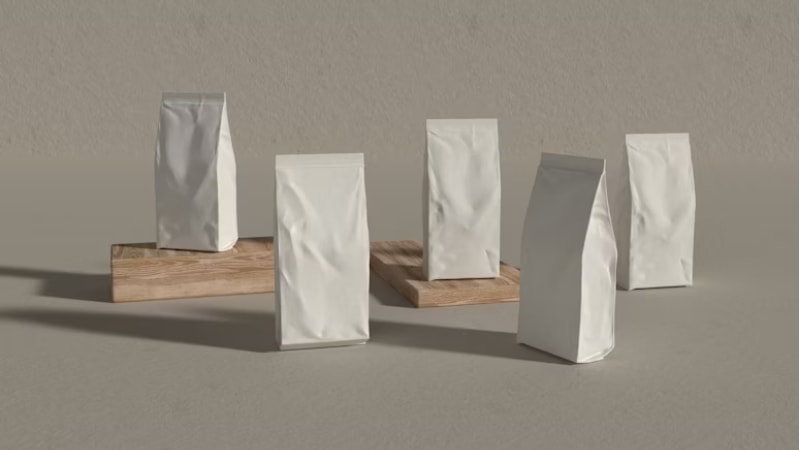
Flexible packaging refers to any packaging made from easily pliable materials like plastic films, paper, or foil. Unlike rigid formats, it adapts to the shape of its contents, making it an ideal choice for brands looking for efficiency and customization. Common examples include stand-up pouches, shrink wraps, resealable bags, and vacuum-sealed films.
Its benefits go beyond aesthetics. Flexible packaging is lightweight, which helps reduce packaging costs and lower overall shipping costs. It also takes up less space in transit and on shelves, making it a favorite among companies aiming to streamline their operations.
Many industries rely on flexible packaging to deliver value and performance. Food manufacturers use it to extend shelf life while reducing weight and waste. Pharmaceutical brands value the barrier protection and tamper evidence it offers. Retailers choose custom packaging formats that reflect their brand while keeping costs under control.
As the cost of packaging continues to rise, businesses are increasingly choosing flexible solutions to stay agile. Compared to corrugated packaging and other rigid containers, flexible formats provide more options for innovation, often at a lower price.
Flexible Packaging vs. Rigid Packaging: A Cost Perspective
When evaluating the cost of packaging, the choice between flexible and rigid formats plays a critical role. Each has its advantages, but from a financial standpoint, flexible protective packaging often leads the way in delivering value without compromising function.
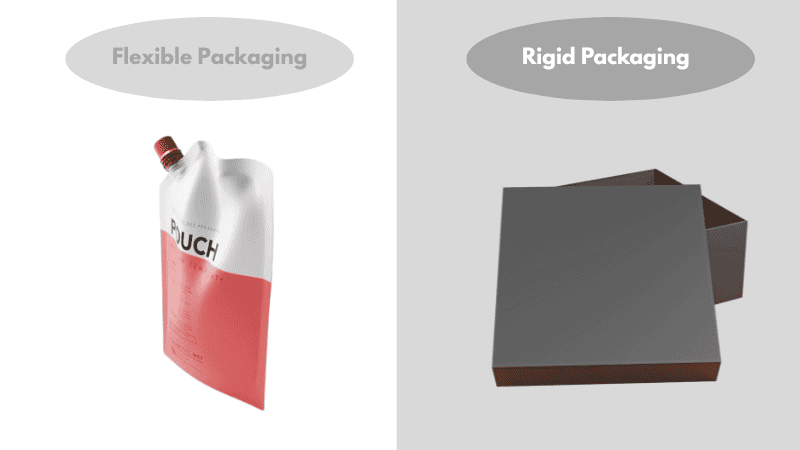
Material Usage and Transportation Efficiency
Flexible packaging uses significantly less raw material than rigid options like corrugated boxes, plastic tubs, or glass containers. This lower material usage directly impacts packaging costs, making it a smart solution for businesses looking to reduce packaging costs at scale.
In terms of transportation, flexible formats are lighter and take up less space. This means lower shipping costs per unit and more efficient palletization.
Over time, these savings can add up, especially for companies moving high volumes of products. You can use a packaging cost calculator to determine how much you have saved.
Storage, Shipping, and Operational Savings
Flexible packaging is easier to store, both before and after filling. It requires less warehouse space and reduces the need for heavy-duty shelving or specialized handling equipment. These operational efficiencies can lower your total cost of packaging and support faster turnaround from your packaging supplier.
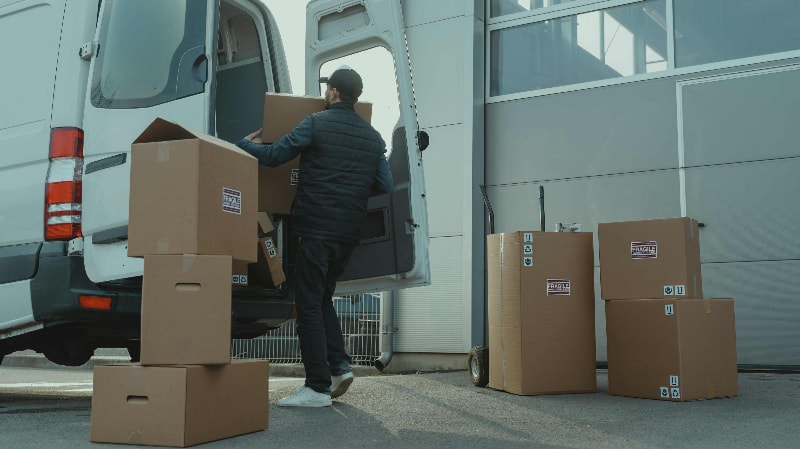
On the shipping side, products packed in flexible formats allow you to ship more units per truckload. That improves distribution efficiency and helps businesses lower their carbon footprint while controlling freight expenses.
Performance and Protection Trade-Offs
While rigid packaging may offer higher durability in certain use cases, today’s flexible packaging is engineered for strength, puncture resistance, and shelf stability. For many applications, especially in food, pharmaceuticals, and retail, flexible options deliver the right balance of performance and protection.
Custom packaging innovations have made it possible to match the security of rigid formats while staying cost-efficient. For brands looking to balance function with flexibility, a modern, flexible packaging approach provides both economic and operational wins.
10 Key Factors That Affect Flexible Packaging Costs
These cost factors aren’t just technical. They influence how you budget, how you scale, and how you position your product in the market. Below are the 10 most important elements that impact your packaging costs and your ability to optimize them.
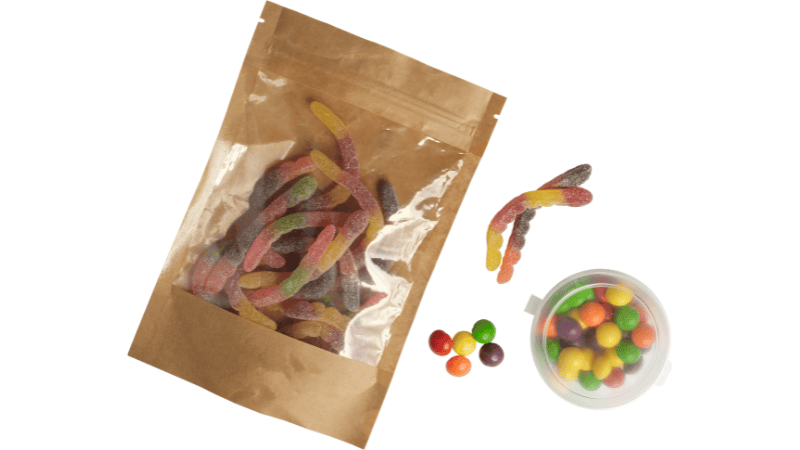
1. Material Type and Grade
The base material is one of the biggest contributors to the cost of packaging. Common options like polyethylene, polypropylene, PET, and aluminum foil each come with different price points and performance characteristics.
Materials with advanced barrier properties, such as moisture, oxygen, or UV protection, typically cost more. These are often required in food or pharmaceutical applications where product integrity is critical.
Premium materials like food-grade films or medical-grade laminates add even more to your packaging costs. While they raise the price per unit, they also deliver on safety, compliance, and performance, making them essential for certain industries. Choosing the right material depends on your product needs and your strategy.
2. Layering and Barrier Structures
The number and type of layers in your packaging material directly impact overall packaging costs. Single-layer films may work for some dry goods, but products that require extended shelf life or protection from moisture, oxygen, or light often need multilayer laminates.

Multi-layer structures can include combinations like foil-poly-Nylon or PET-aluminum-poly, each designed to serve specific barrier functions. These barrier layers are essential for products like perishables, pharmaceuticals, or volatile goods, where protection is non-negotiable.
However, complexity comes at a price. The more layers and specialty coatings involved in the packaging process, the higher the cost.
Brands aiming to balance performance with budget must weigh whether high-barrier structures are worth the extra investment or if simpler solutions can meet performance goals, especially when integrating sustainable packaging options.
3. Custom Sizes and Formats
Custom packaging dimensions can optimize product fit and minimize wasted packaging material, but they also introduce variability in pricing. Larger or uniquely shaped pouches use more film, and that increases your cost per unit.
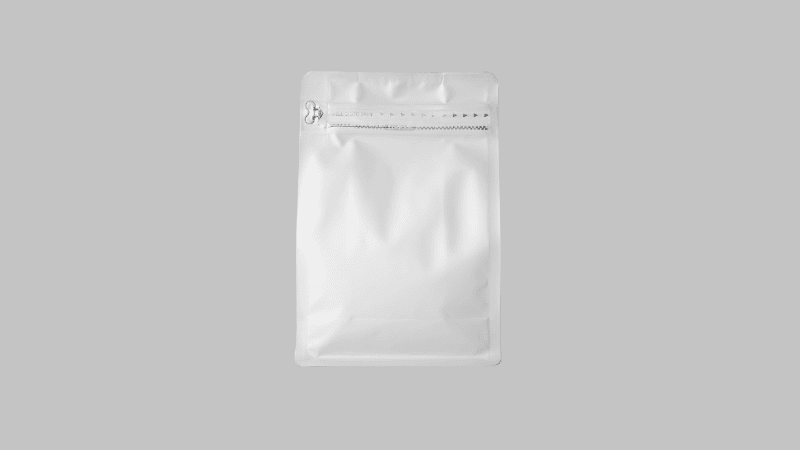
The type of format you choose, such as pillow pouches, stand-up pouches, or gusseted bags, also affects the overall packaging costs. Some flexible packaging formats are easier to produce on standard machines, while others may require specialized tooling or slower production speeds.
Add-on features like zippers, resealable closures, or spouts enhance functionality, especially in retail packaging. These features improve user experience and brand perception but add cost to both materials and the packaging process. In some cases, they can reduce shipping and handling processes by improving product protection in transit.
For brands aiming to reduce shipping costs and packaging waste, using eco-friendly materials and right-sized formats can offer savings across the supply chain.
4. Printing Method and Design Complexity
Printing plays a major role in how flexible packaging looks and how much it costs. In the packaging industry, three main printing methods are used: flexographic, digital, and gravure. Each comes with its own pricing tier and ideal application.
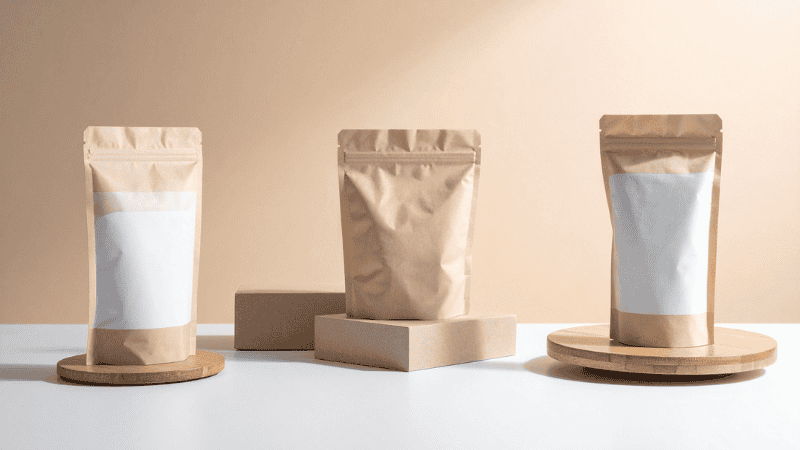
Flexographic printing is cost-effective for high-volume runs, but it requires upfront setup costs. Digital printing, while more expensive per unit, offers faster turnaround and flexibility for short runs or custom boxes. Gravure printing delivers premium quality but is best reserved for massive orders due to high cylinder engraving costs.
The complexity of your design will also affect packaging costs. More colors, gradients, and intricate graphics drive up production time and ink usage. Similarly, custom printing may improve your brand image but also raise costs.
A simple two-color logo on folding cartons or corrugated cardboard will cost far less than a full-color photo-realistic design on a pouch. Understanding packaging costs at this stage helps you make smarter design choices that balance visual impact and budget.
5. Finishes and Coatings
Finishes influence both brand perception and performance. Matte, glossy, and soft-touch finishes each have their own price points. Matte offers a modern, muted look, while gloss adds vibrancy. Soft touch creates a high-end feel but is less cost-effective due to additional processing.
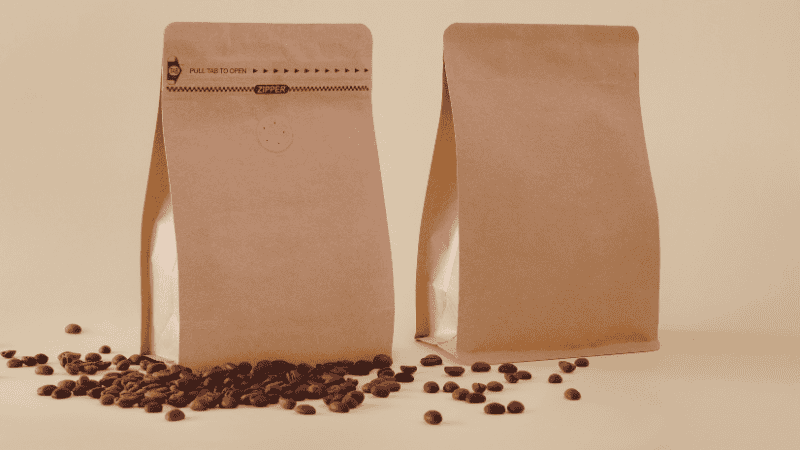
For premium retail packaging, options like spot UV, metallic inks, or embossing can elevate your brand, but they increase production complexity and cost. These elements work well for products that compete for on-shelf appeal, especially in high-end markets where every detail matters.
Performance coatings can also affect packaging costs. Anti-fog layers for refrigerated items, anti-static treatments for electronics, and heat-resistant coatings for durable packaging all add functionality but come at a premium.
6. Order Volume and Minimum Order Quantity (MOQ)
Order volume is one of the most important factors that affect packaging costs. Higher volumes typically result in lower costs per unit. This is because fixed costs, like machine setup, calibration, and plate creation, are spread across more units, reducing their impact.
Most packaging companies set a minimum order quantity (MOQ) to ensure production remains efficient. MOQs can range from 3,000 to 25,000 units, depending on material type, printing method, and packaging format. When you order below this threshold, the per-unit price increases significantly.
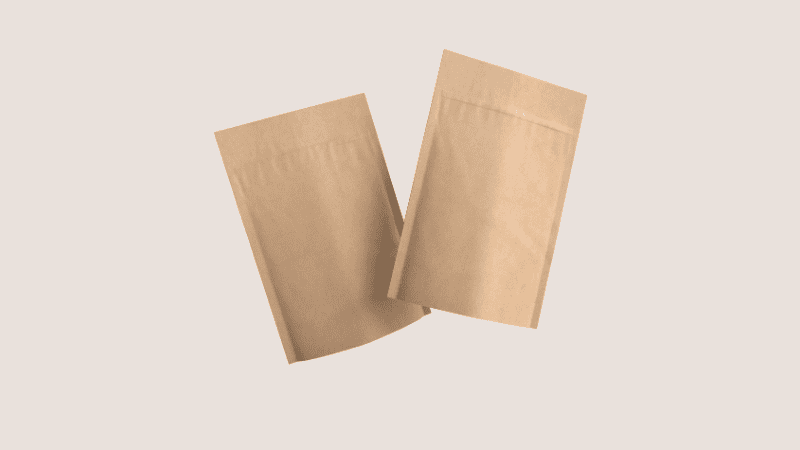
Flexographic and gravure printing offers the most cost-effective unit pricing but requires larger volumes. These methods involve higher setup costs and are best suited for long production runs. In contrast, digital printing does not require plates or cylinders. It works well for low-volume orders or products with multiple SKUs.
Here’s how volume influences pricing:
- 5,000 units might cost $0.45 per unit
- 20,000 units could drop to $0.30
- 100,000 units may fall to $0.18 or lower
Strategic planning can help you optimize how much packaging you need. Align packaging production with your sales forecasts or seasonal campaigns to minimize fixed and variable costs. When possible, consolidate orders across SKUs to meet volume thresholds.

7. Lead Times and Delivery Speed
Lead times play a critical role in both production planning and packaging costs. Faster delivery can support time-sensitive launches, but it often comes with a premium.
Rush production usually involves added labor, off-hour machine operation, or reordering materials faster than normal. These factors drive up manufacturing costs. In logistics, expedited shipping, such as air freight, increases costs even more, especially for bulk or international orders.
Custom-designed packaging adds complexity to lead times. If your design requires specialty films, finishes, or closures, expect longer production windows, typically four to eight weeks. Stock packaging, by contrast, is pre-manufactured and available with minimal lead time but limited in customization.
Another variable is whether your packaging company uses domestic or overseas production. Local suppliers can shorten delivery windows and reduce risk. Overseas partners that fulfill bulk orders may offer lower prices but often come with longer transit times and customs delays.

When you need fast turnaround, suppliers may charge rush fees, sometimes 10 to 30 percent more, depending on how compressed the schedule is. These fees can quickly add up, especially if they are frequent.
To control costs, it’s essential to build lead time into your packaging schedule. Avoid last-minute decisions where possible. Working with a supplier that maintains local inventory or offers partial delivery can also reduce the impact of long production cycles.
8. Manufacturing Origin
Where your flexible packaging is manufactured has a major impact on your total packaging costs. Choosing between domestic and overseas production involves trade-offs in labor rates, quality control, shipping costs, and lead time.
While overseas manufacturing may offer lower unit prices, the total landed cost can be much higher once you factor in freight, import duties, and potential delays.
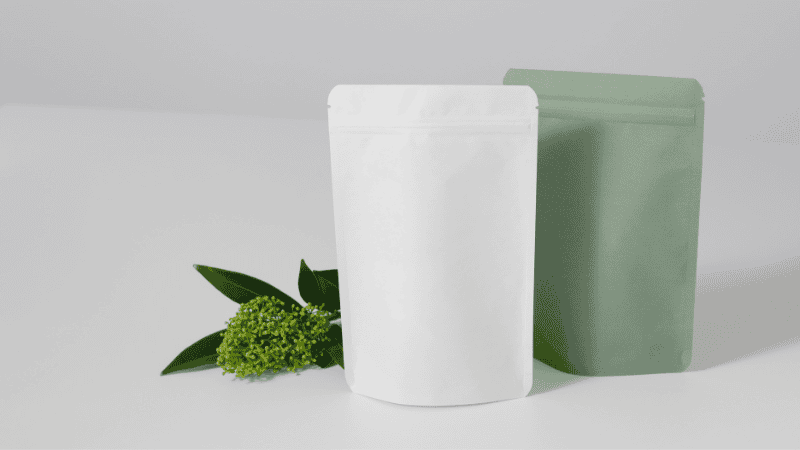
Domestic suppliers typically provide more transparency, shorter lead times, and better quality oversight. Communication is easier, and production issues can be resolved quickly. On the other hand, overseas packaging companies, especially in Asia, benefit from lower labor costs and access to materials.
Here’s a quick comparison to guide your sourcing decisions.
| Factor | Domestic Manufacturing | Overseas Manufacturing |
|---|---|---|
| Labor Costs | Higher | Lower |
| Unit Price (Base Cost) | Higher | Lower |
| Lead Time | Shorter (1–3 weeks) | Longer (4–10 weeks) |
| Shipping Costs | Lower (ground/freight) | Higher (ocean or air freight) |
| Import Duties & Tariffs | None (local) | Variable; depends on the country and trade policy |
| Quality Control | Easier to monitor, faster resolution | Requires third-party inspection or oversight |
| Communication | Direct, same time zone | Time zone + language barriers may slow response |
| Risk Factor | Lower (stable supply chain) | Higher (delays, disruptions, geopolitical risk) |
9. Compliance and Certifications
Compliance is a non-negotiable part of the packaging process, especially for industries like food, pharmaceuticals, and health products. Certifications and regulatory standards directly impact packaging costs by influencing material choices, testing requirements, and print limitations.
Custom packaging often requires proof of compliance with standards like FDA regulations, ISO certifications, and compostability or recyclability benchmarks. These verifications are not just expensive upfront. They also require regular audits and sample testing that add ongoing costs.
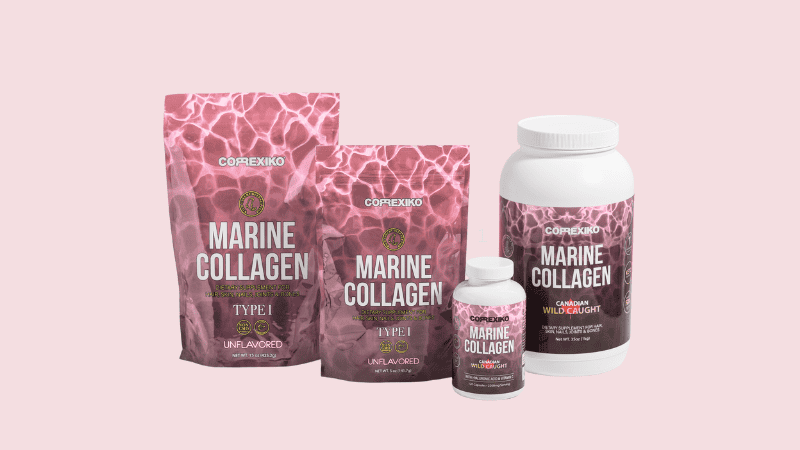
Here are common compliance-related cost factors:
- FDA or Food-Grade Approval: It requires cleanroom production, barrier testing, and material traceability.
- ISO Certification: It demands consistent documentation and process control during the packaging process.
- Eco-labels or Recyclability Logos: They may require changes in layout, ink types, or film structures, increasing printing and material costs.
- Sustainable Packaging: They use specialty packaging material that is more expensive and less widely available.
Your packaging supplier plays a critical role in ensuring compliance without overspending. With smart sourcing and early planning, you can reduce packaging costs tied to reworks, missed certifications, or material mismatch.
10. Freight, Packaging, and Shipping Logistics
Freight and logistics significantly affect your total packaging costs. Even if your flexible packaging is competitively priced, inefficient shipping or storage decisions can quickly erode your margins.
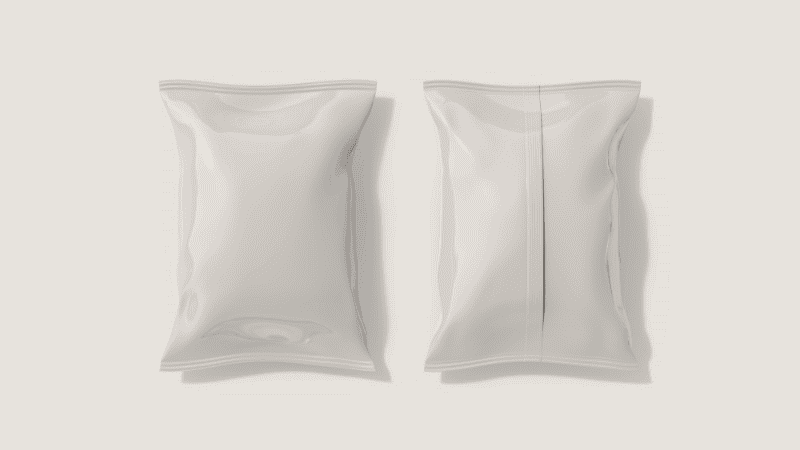
Many cost drivers in this area go beyond the packaging material itself. They include freight charges, packaging configuration, warehousing, and last-mile delivery options. Here’s how each factor can influence your budget:
- Bulk Vs. Individual Packaging: Shipping flexible packaging in bulk rolls or flat stacks typically costs less than sending products in individual cartons or kits.
- Freight Class and Dimensional Weight: Carriers base pricing on the size and shape of your packaging, not just actual weight. Larger or oddly shaped items may fall into higher-cost classes.
- Fuel Surcharges: These are variable fees added by carriers, especially for international or express shipments. They can increase shipping costs unpredictably.
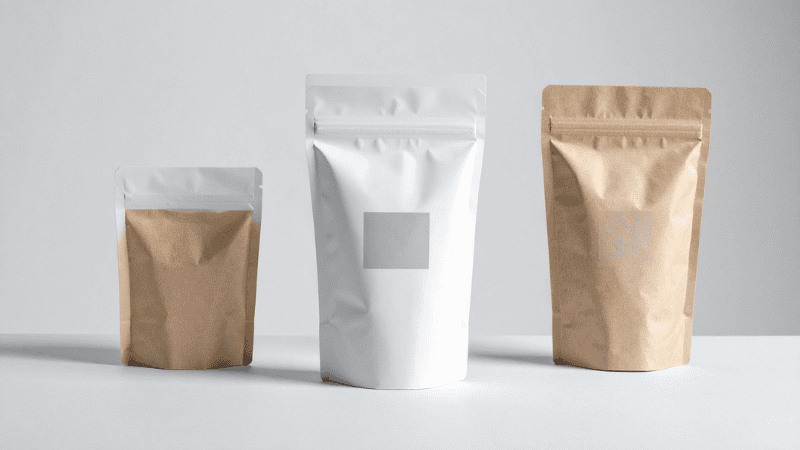
- Corrugated Boxes Vs. Pallet Loads: Shipping in corrugated boxes is better for small batches, but full pallet shipments are more cost-effective for high-volume orders.
- Warehousing And Drop Shipping: Storing inventory in third-party warehouses can streamline fulfillment, though it adds storage fees. Drop shipping may reduce shipping and handling steps, but it requires strong coordination with your packaging supplier.
Managing logistics with a full view of your supply chain helps reduce packaging costs over time. Choose your shipping methods, inventory strategies, and packaging configurations with the same care you apply to material selection and design.
How to Reduce Flexible Packaging Costs Without Compromising Quality?
Here are some ways you can reduce flexible packaging costs.

- Design for Cost-Efficiency: Simplify your packaging structure by reducing unnecessary layers, minimizing ink coverage, and avoiding overly complex finishes.
- Build Long-Term Vendor Relationships: Working consistently with the same packaging supplier can lead to volume discounts, better payment terms, and quicker turnaround. A trusted partner will also help you identify material substitutions or design tweaks that reduce packaging costs over time.
- Plan Volume and Reorders Strategically: Forecast demand accurately and place larger, consolidated orders to take advantage of lower unit pricing. Avoid small, frequent runs that increase setup and shipping costs.
These steps lower costs while keeping your packaging functional, attractive, and compliant.
FAQs About Flexible Packaging Pricing
What’s the most expensive part of custom packaging?
The most expensive part is often the setup process, such as tooling, printing plates, and design customization. For large runs, material costs dominate. For smaller runs, complex finishes or premium substrates also drive up the cost per unit significantly.
How can startups reduce custom packaging costs?
Startups can save by using standard sizes, limiting print complexity, and ordering in moderate volumes. Digital printing is ideal for short runs.
Does printing fewer colors significantly reduce cost?
Yes, especially with flexographic or gravure printing. Fewer colors mean fewer plates and faster setup, lowering upfront costs. For digital printing, the savings are smaller but still exist as simpler designs reduce ink usage and improve production speed.
Conclusion
Clear insight into packaging costs leads to smarter decisions. Design, material, and volume choices all shape your bottom line. Focus on practical, efficient solutions that align with your brand. A thoughtful approach helps reduce packaging costs while maintaining quality, speed, and shelf appeal. The right strategy delivers both savings and a strong market presence.
Streamline the Cost of Packaging With Packoi!
Ready to get accurate quotes and lower your flexible packaging costs? Packoi’s experts offer customized consultations and explore cost-saving strategies tailored to your needs. Contact now.




